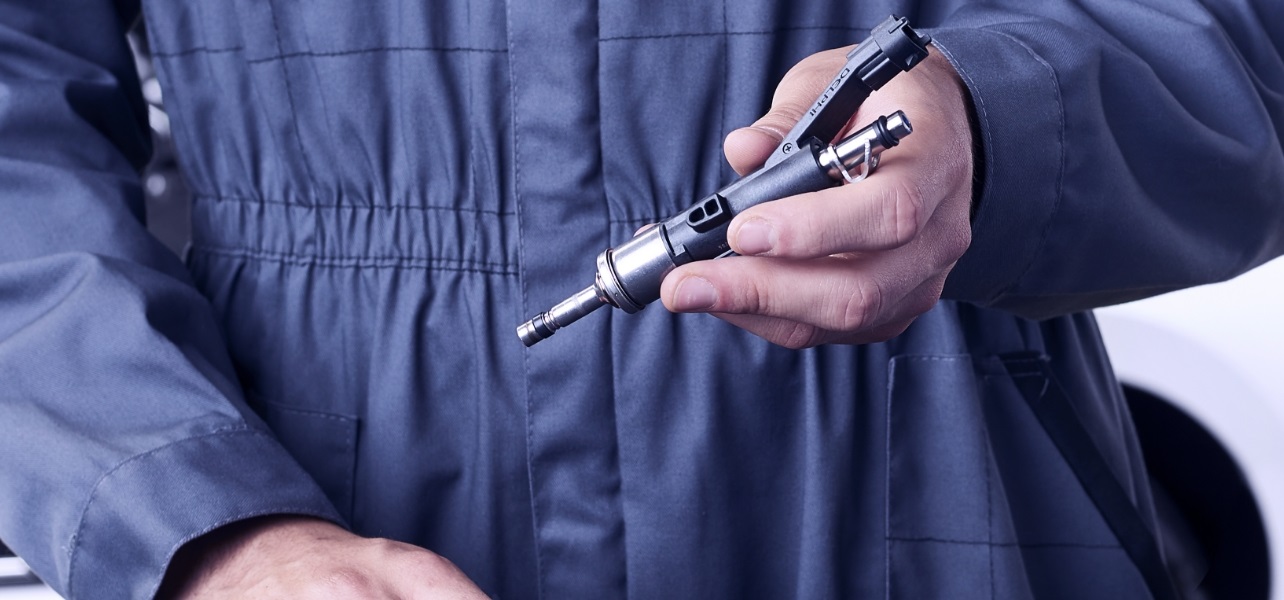Resource Highlights
Removing a high-voltage battery from an electric vehicle is a potentially hazardous job. It must be done by following the right steps and safety precautions.
Matt, our Delphi expert, shows you exactly how to do it on a Nissan Leaf in this guide. He shows you how to:
- Remove the battery covers and battery bolts
- Choose the right PPE
- Disconnect the cables
- Test for the absence of voltage
- Use a lifting table to lower the battery
Are there any further safety tips I should follow?
- The high-voltage power system must be correctly shut down according to the manufacturer’s guidelines before you can disconnect it.
- Even when the system has been shut down, it’s safest to always assume that the circuit is live, just in case.
- You should notify the rest of your team that you’re working with high-voltage circuitry.
- Prevent any possible reconnection by securely locking away the components you need.
- Remove any jewellery, especially rings or watches, and anything metallic (such as coins or keys) in your pockets that may fall out.
Why is removing a high-voltage battery hazardous?
‘High voltage’ is generally considered to be anything over 60 volts. Today’s electric vehicles can produce voltages of up to 900 volts. Compare this to an ICE vehicle that operates with a 12 volt system, and you can understand how much greater the risk of electrocution is on an EV.
Are there different procedures on different vehicles?
The video above is a general guide based on a Nissan Leaf, but you should always read the vehicle manufacturer’s official guidance and procedure, as there may be further essential steps that you must take.
SIGN UP TO FIND MORE
Fill up your details to hear more from our experts and get the latest updates from Delphi.



